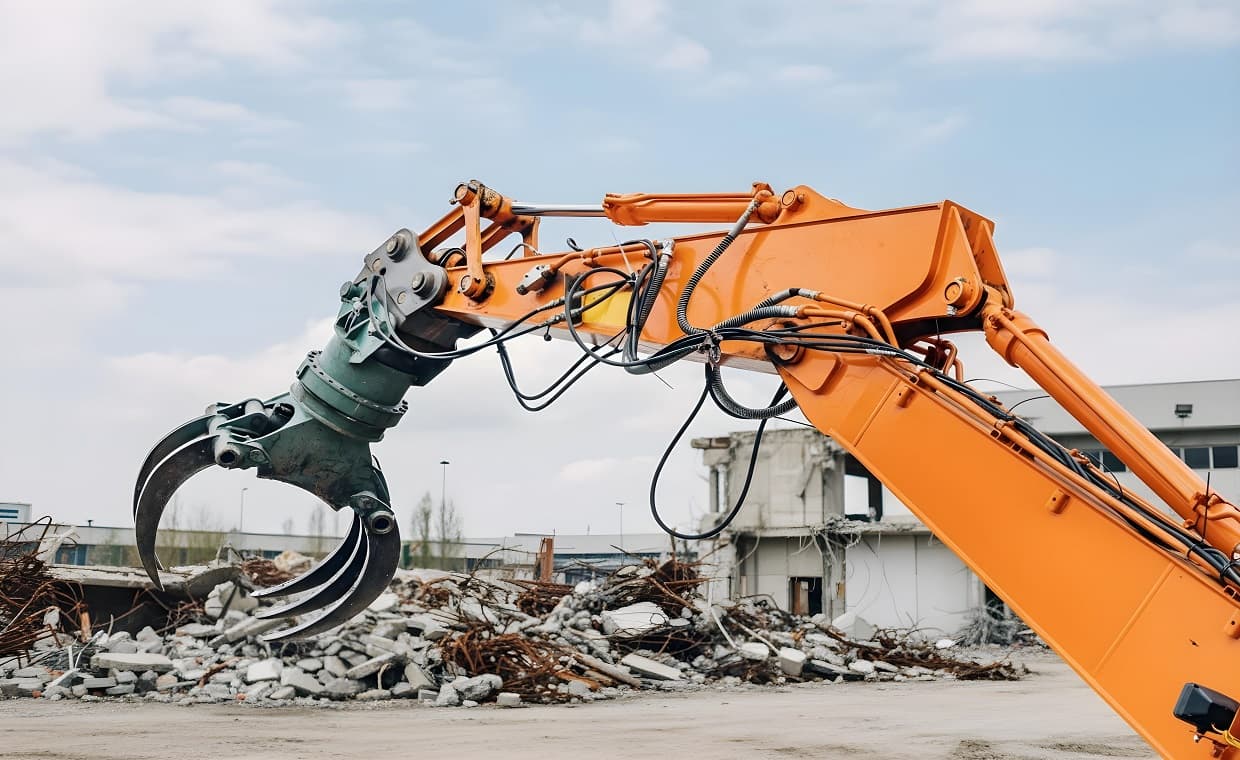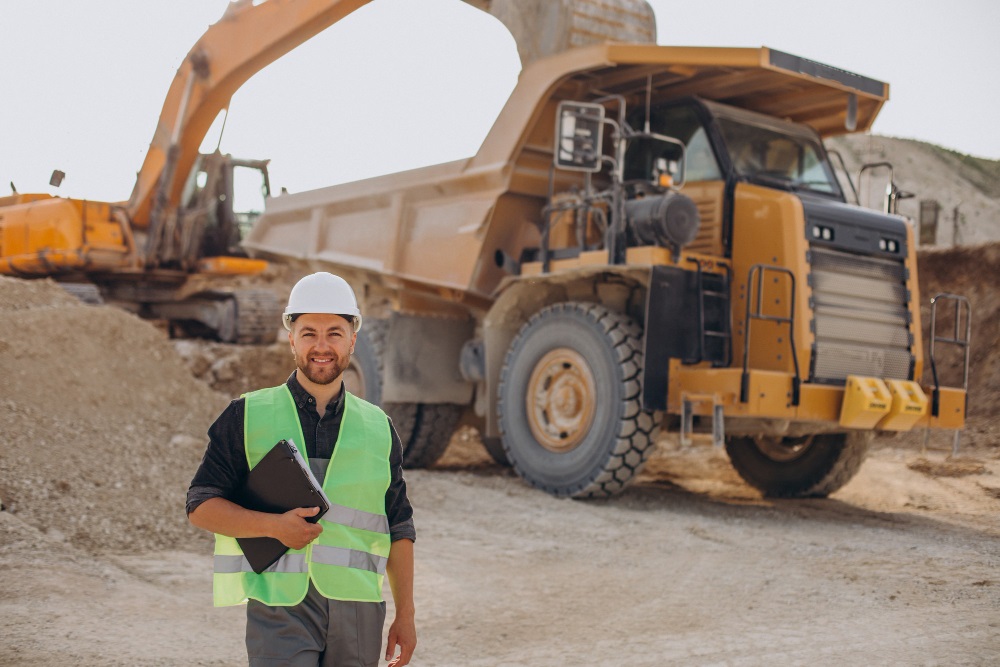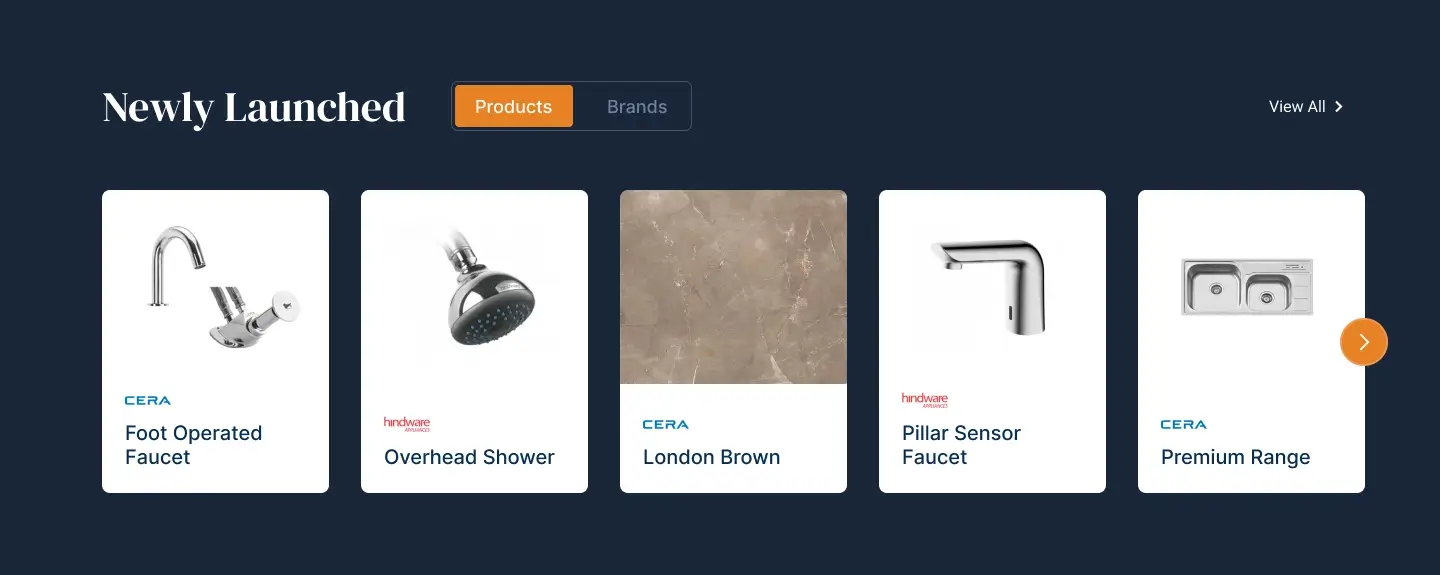
Table of Contents
Quick Summary
- Explains how mechanical grapples improve efficiency, accuracy, and flexibility in excavation and demolition.
- Details their design, operation without hydraulics, and advantages like durability and low maintenance.
- Compares mechanical grapples with hydraulic grapples for cost, precision, and application suitability.
- Covers common types: demolition, sorting, log, and multi-tine grapples.
- Highlight’s efficiency gains: faster cycle times, less labor, lower fuel use, and shorter project schedules.
- Provides guidance on selecting the right grapple based on machine compatibility, material handling, and frequency of use.
- Discusses future trends such as smart attachments, eco-friendly materials, and modular designs.
Efficiency, accuracy, and flexibility are quintessential parameter that must be at the highest standard in the construction sector. The evolution of new equipment and techniques has revolutionized how construction specialists execute excavation and demolition. One of such innovations that have turned out to be significant on current construction sites is the mechanical grapple. Such high-capacity equipment has revolutionised the way contractors approach demanding jobs, from separating trash to moving heavy materials.
As more construction jobs grow in complexity and size, more demand there is for versatile and reliable attachments. Where hydraulic solutions exist, mechanical grapples are a more practical, durable, and generally less costly solution for many operations. They are the go-to tools for productivity gains in excavation and demolition.
Learning About Mechanical Grapples
Mechanical grapples are heavy-duty attachments that are used to work with a variety of materials with strength and accuracy. Fitted to excavators and other heavy equipment, the tools use the force of the machine arm instead of hydraulic systems. Being simple in structure, yet immensely powerful and long-lasting, they are a reliable option in scenarios where uptime is critical.
A mechanical grapple is made up of several interlocking tines, often claw or finger-like, that can grab objects and clamp them in place. They are widely employed for lifting, sorting, grabbing, and placing materials like logs, stones, scrap metal, or demolition rubble. Mechanical models are more robust, low-maintenance alternatives that do not rely on sophisticated fluid systems in comparison to hydraulic grapples.
One of the most fundamental industry comparisons is between a hydraulic grapple and a mechanical grapple. Hydraulic grapples provide greater control and flexibility, but mechanical grapples are commended for being simple, having lower maintenance needs, and a longer working lifespan. This makes them especially ideal for contractors who wish to keep downtime and service expenses to a minimum.
Applications in Excavation Projects

Speed and precision are the keys to success in excavation work. A mechanical excavation grapple can greatly improve these two aspects by automating the digging, material separation, and haulage processes. Conventional digging equipment, like buckets, is not always precise enough nor capable of adapting to more intricate or crowded job sites.
Mechanical grapples excel in situations where removing or separating heavy, irregular, or diverse materials is required. For example, they can grab rocks, tree stumps, and construction materials quickly without requiring constant changes of tools. They are made with a strong grip and are long-lasting, meaning they are capable of functioning in adverse terrain and weather without letting up.
In addition, mechanical grapples can load and unload materials more effectively, thus decreasing cycle times. This increased productivity not only decreases project durations but also lowers equipment wear, fuel utilization, and labour requirements.
Mechanical Grapples in Demolition Work
Demolition projects require tools that are not only powerful but also adaptable to unpredictable site conditions. Here, the excavator grapples for demolition plays an important role. Unlike traditional demolition tools that may struggle with handling irregular materials, grapples can securely grasp and move a wide variety of debris.
Demolition grapples are especially effective for manipulating such materials as concrete, rebar, bricks, and wood. The tines of the grapple overlap, making separation of materials possible, which is important for recycling and cleanup at the site. Excessive manual labour can be prevented by contractors if they utilize grapples to sort and segregate materials while demolishing and after demolition.
Additionally, the use of grapples for demolition improves safety at the site. Instead of using manual handling or less accurate devices, workers can employ the grapple to take away dangerous or unstable objects from a distance, eliminating possible hazards for crew members.
Types of Construction Grapple Attachments
Grapple attachments are designed in many different ways, each suited for particular construction applications. Selecting the appropriate construction grapple attachment requires knowledge of the material being handled, operating conditions, and the machine on which the attachment will be used.
Common types of mechanical grapples include:
- Demolition grapples: Designed for heavy-duty performance, ideal for crushing and moving tough materials.
- Sorting grapples: Used for precise handling and separation of recyclable or mixed materials.
- Log grapples: Tailored for forestry applications but increasingly used on construction sites for tree and wood handling.
- Multi-tine grapples: Provide a larger surface area for grabbing bulkier materials.
Heavy-duty grapples for construction are the best for professional contractors, providing unparalleled strength and durability. These units are built with high-strength steel and reinforced joints to endure even the toughest applications.
To choose a grapple, contractors must look at the tine arrangement, open/close system, weight limit, and overall construction quality. Opting for the correct grapple for the application provides more effective performance and fewer breakdowns within the site.
Mechanical Grapples vs Hydraulic Grapples
The choice between mechanical and hydraulic grapples is based on various factors, such as job size, machine suitability, cost, and maintenance capacity. Both categories carry out similar functions, but their operation modes and advantages vary.
The following is a simple comparison:
| Feature | Mechanical Grapple | Hydraulic Grapple |
| Operating Mechanism | Uses machine arm motion | Uses hydraulic cylinders |
| Maintenance | Lower maintenance requirements | Requires regular hydraulic checks |
| Cost | More affordable | Higher upfront cost |
| Precision & Control | Less precise | Highly precise |
| Application Suitability | Best for heavy-duty and repetitive | Ideal for delicate or variable tasks |
Mechanical grapples tend to be the default choice for heavy-duty, high-volume jobs where low maintenance and reliability are key. Hydraulic grapples, on the other hand, are best suited for applications that require fine control and flexibility.
Impact on Efficiency and Project Timelines

One of the most significant advantages of mechanical grapples is the improved efficiency with grapple attachments they achieve on the job site. By decreasing labour, lessening equipment changes, and speeding up material handling, they simplify operations.
Contractors cite significant gains in:
- Cycle time: Faster picking, loading, and moving of materials.
- Labour productivity: Less need for manual sorting and lifting.
- Fuel efficiency: Fewer engine hours and movements required to complete tasks.
- Project scheduling: Shorter timelines and improved task coordination.
Even in small to mid-sized projects, these gains can translate into thousands of dollars in savings and increased competitive advantage.
Choosing the Right Grapple for Your Construction Needs
The initial step in selecting the right grapple begins with having a clear understanding of the particular needs of your project. Various job types, including demolition work, excavation, landscaping, and waste removal, call for varying features.
Most important factors to consider when selecting a grapple:
Machine compatibility: Ensure the grapple is compatible with your excavator or loader model.
Key considerations when choosing a grapple:
- Machine compatibility: Ensure the grapple is compatible with your excavator or loader model.
- Material handling needs: Consider the size, shape, and type of materials to be managed.
- Frequency of use: Heavy-duty projects require more robust construction and higher endurance.
- Ease of attachment: Quick coupling systems can reduce changeover times.
- Support and service: Availability of parts, service centres, and technical support.
Contractors should also consider renting versus buying, depending on their anticipated use of the grapple. For heavy use, investing in a top-of-the-line mechanical grapple is worthwhile.
Future Trends in Grapple Attachments
The future of grapple attachments in construction looks bright. As demands on the job site change, so does technology for these tools. What’s on the horizon includes:
- Smart attachments with sensors for load measurement and material tracking
- Environmentally friendly materials to reduce wear and carbon footprint
- Modular designs that allow contractors to adapt one tool to multiple tasks
- Improved compatibility with compact and autonomous construction machinery
As the construction industry increasingly adopts data-driven and sustainable practices, grapple attachments are expected to play a more critical role in automated and precision-focused workflows.
Conclusion: Rethinking Excavation and Demolition with Mechanical Grapples
Mechanical grapples have come to establish new benchmarks of efficiency and performance on excavation and demolition sites. Their tough build, minimal maintenance needs, and versatility to deal with diverse materials have made them a favourite among contemporary construction professionals. With heavy debris, segregating recyclable materials, or land clearing, mechanical grapples can greatly simplify processes.
By investing in the appropriate attachment and incorporating it into your process, you not only enhance project schedules but also create a safer environment, lower operational expenses, and deliver greater overall value to customers. As the industry continues to advance, mechanical grapples will continue to be a staple in the arsenal of visionary contractors.
Also Read: Various Types of Excavation Equipment Use on Construction Site
FAQs: Mechanical Grapples
01. What are mechanical grapples used for in construction?
Mechanical grapples are heavy-duty attachments for excavators and loaders that grip, lift, and move materials such as rocks, concrete, logs, and demolition debris. They speed up tasks like excavation, land clearing, sorting, and recycling.
02. How do mechanical grapples differ from hydraulic grapples?
Mechanical grapples operate using the excavator’s arm movement instead of hydraulic cylinders. They are simpler, lower in maintenance, and more affordable, while hydraulic grapples provide finer precision and control for delicate or variable tasks.
03. What factors should contractors consider when choosing a grapple?
Key factors include machine compatibility, type and size of materials handled, frequency of use, ease of attachment, weight capacity, and availability of parts or service support.
04. Can mechanical grapples handle demolition debris safely?
Yes. Their overlapping tines securely grasp irregular debris like concrete, rebar, and wood, allowing operators to remove unstable or hazardous materials from a safe distance and reduce manual handling risks.
05. What future innovations are expected in grapple attachments?
Upcoming trends include smart sensors for load tracking, environmentally friendly materials to reduce wear, modular designs adaptable to multiple tasks, and improved compatibility with compact or autonomous construction machinery.






























